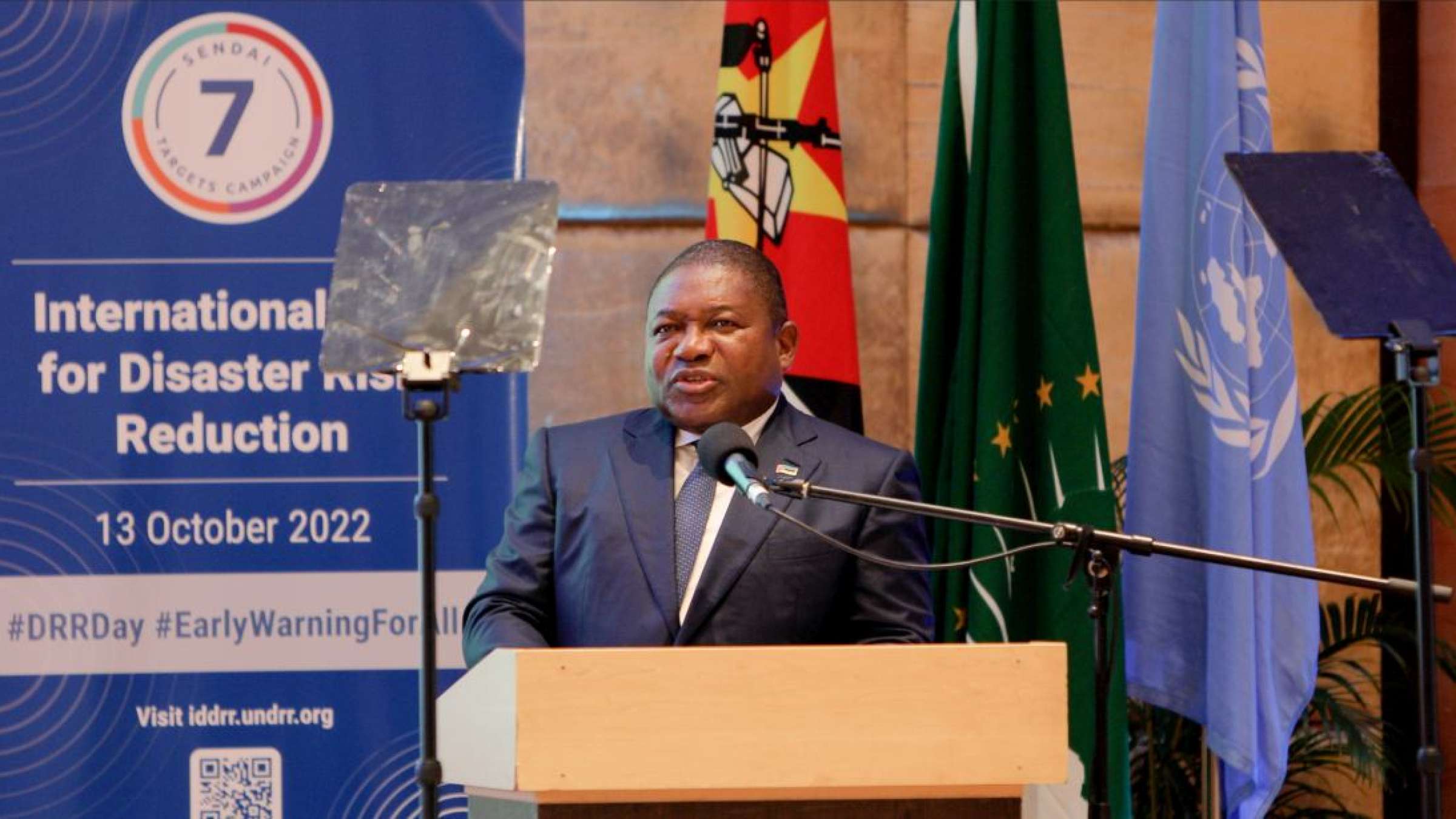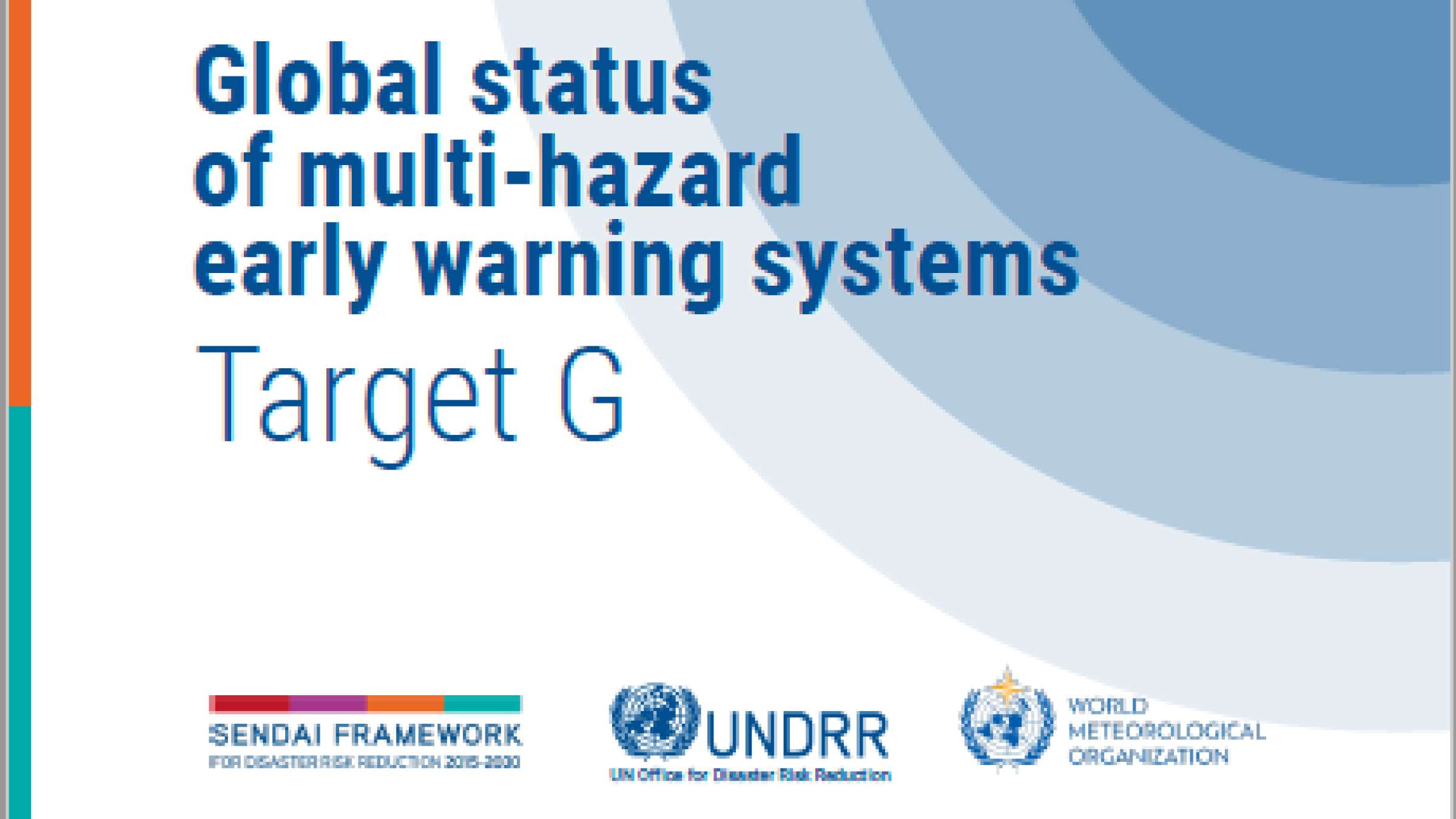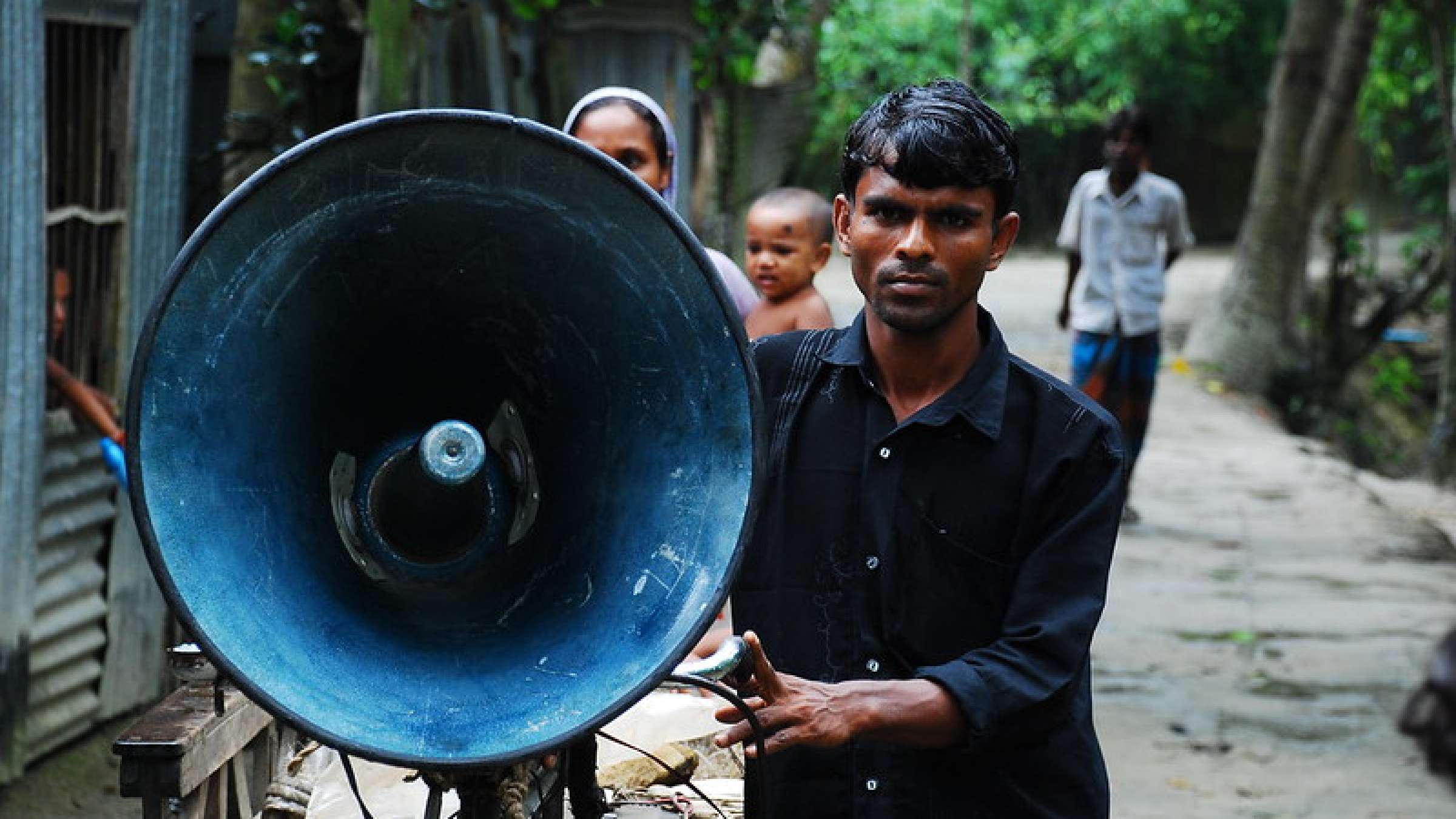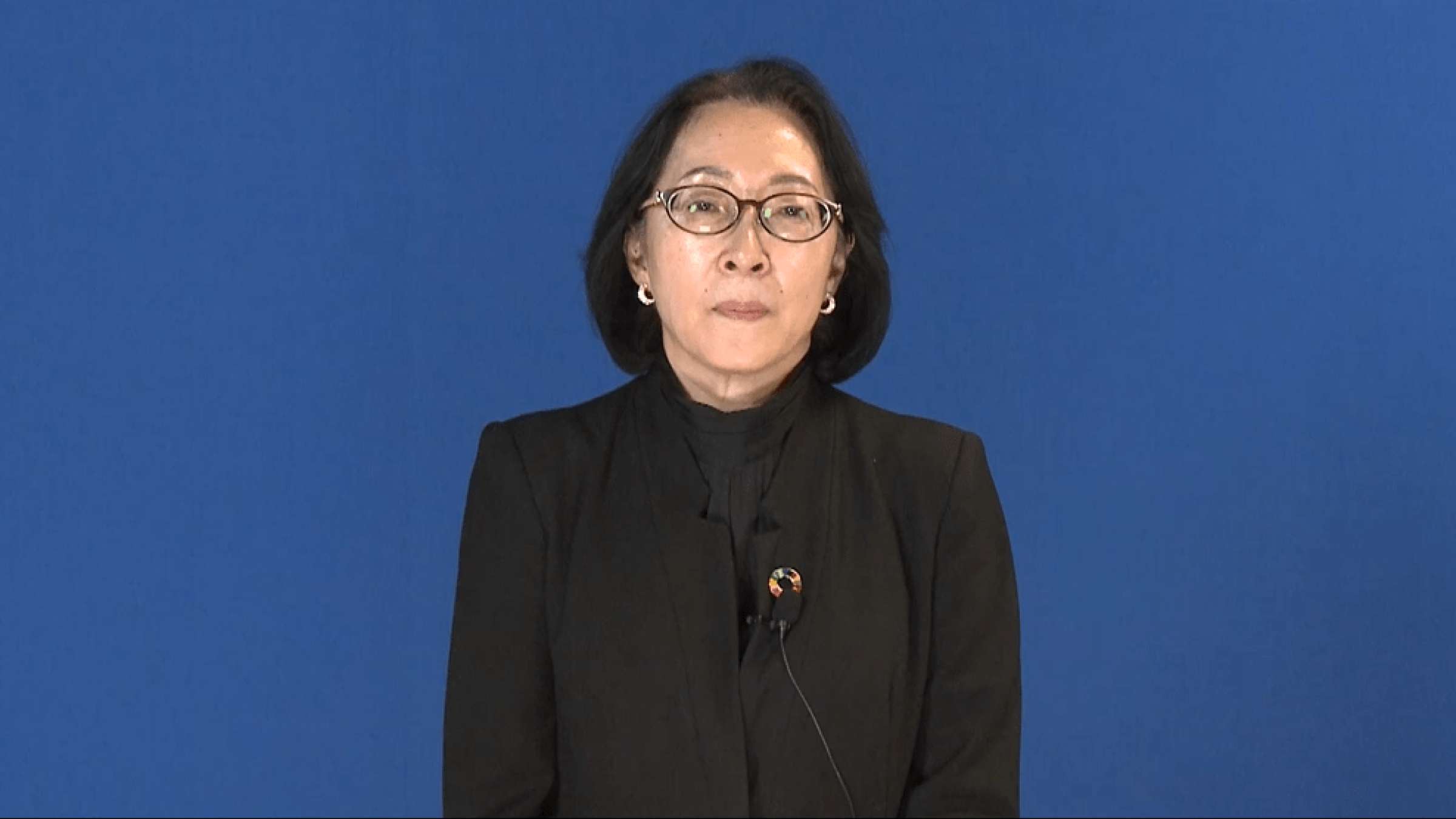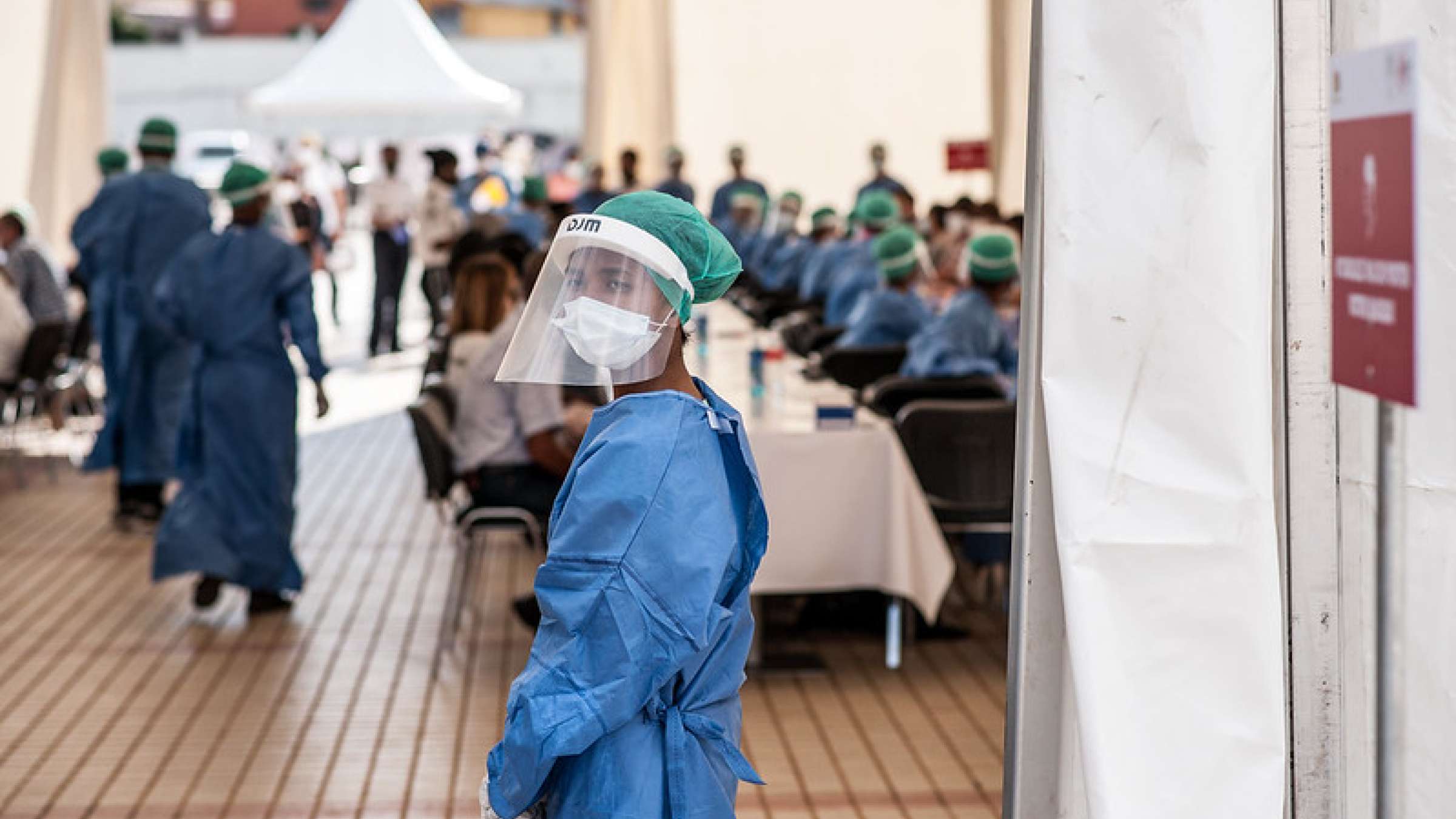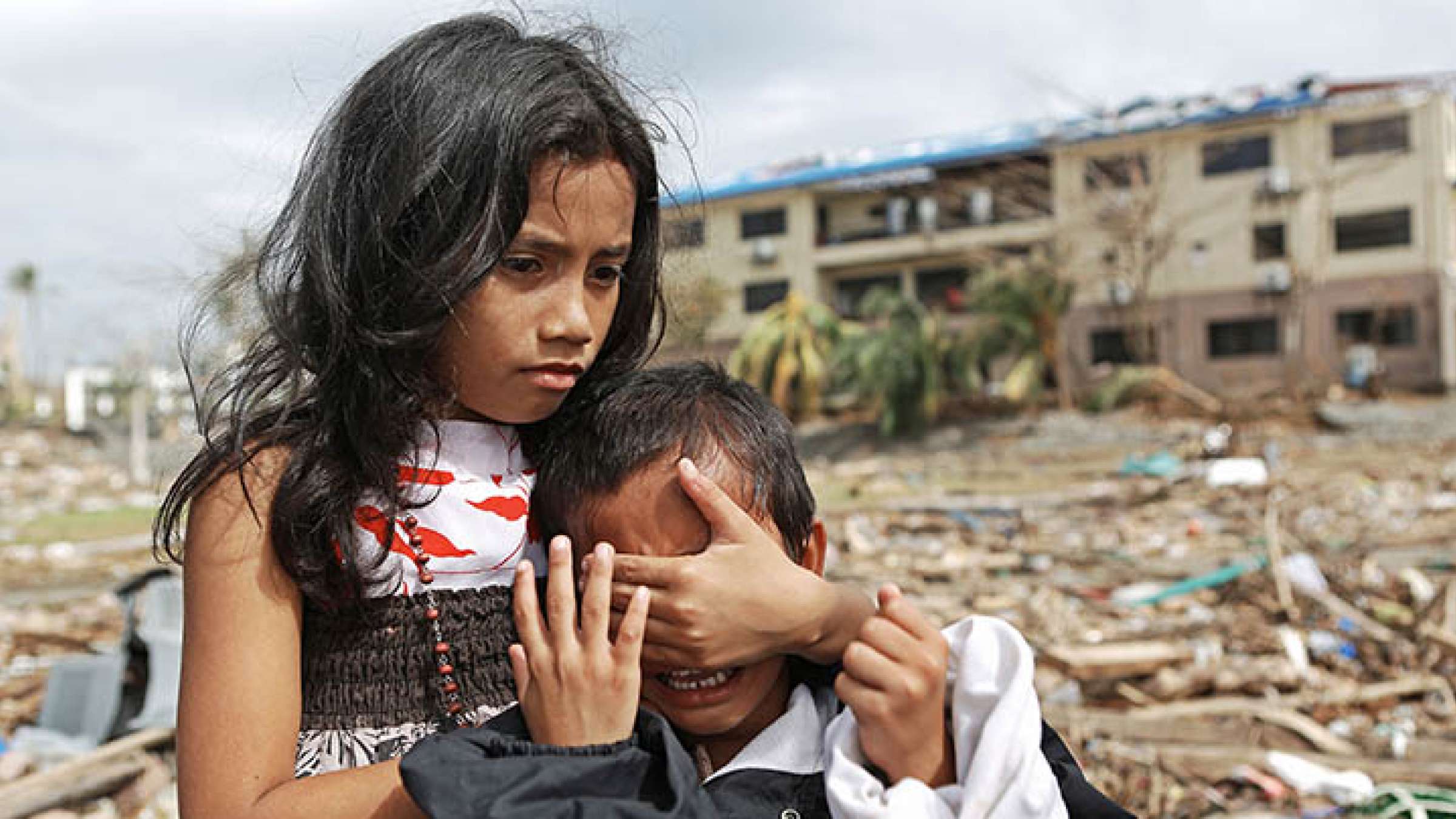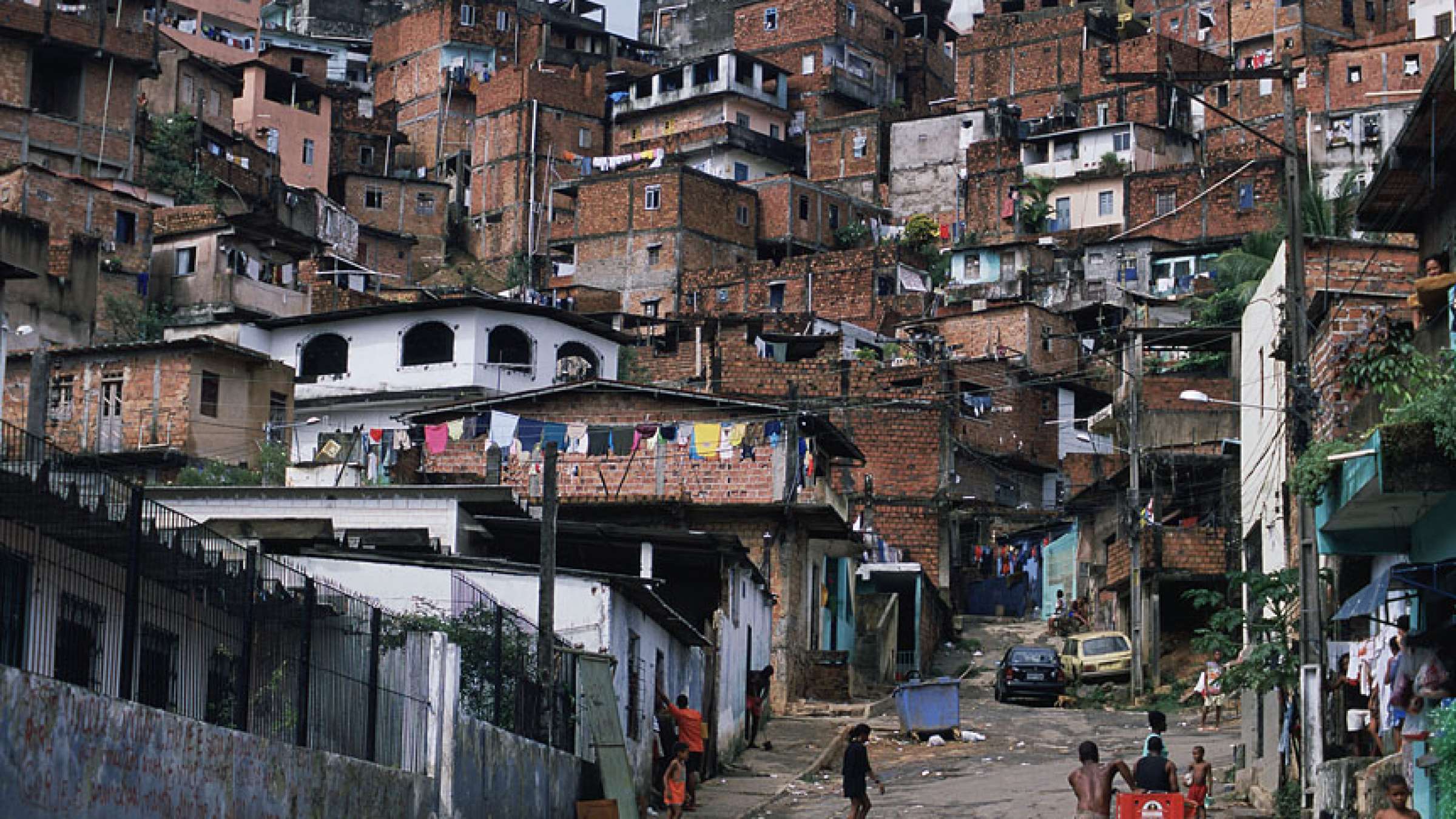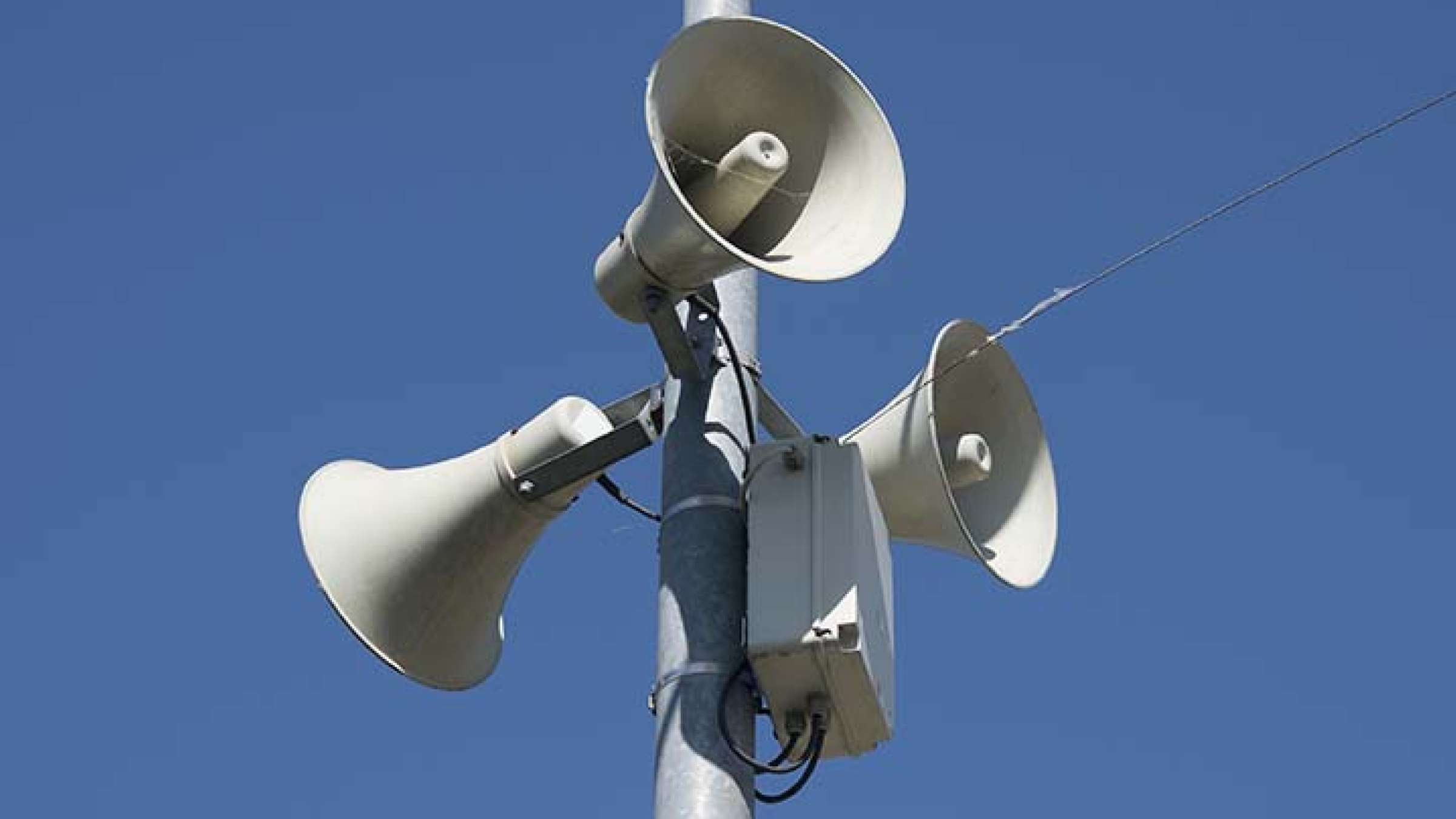Report: Global status of multi-hazard early warning systems
This UNDRR-WMO joint report assesses the current global status of multi-hazard early warning systems (MHEWS) against Target G of the Sendai Framework, collating data officially reported by the Member States with data collected through a WMO survey.
The findings identify countries’ challenges and note good practices in forecasting capabilities, early warning coverage, and systems to act on them.
Latest updates
The primary goal of disaster risk reduction is prevention. But when that is not possible, then it is important to minimize the harm to people, assets and livelihoods through early warning systems.
This is especially important in the case of sudden-onset or fast-moving hazards such as tsunamis, cyclones and volcanic eruptions, but is also relevant to slower hazards such as drought and disease outbreaks.
It is not enough for an early warning system to correctly identify an incoming hazard, but it must also ensure that the populations and sectors that are at risk can receive the alert, understand it, and most importantly, act on it. Hence, an early warning must trigger early action. In the case of fast-moving hazards, this sometimes means evacuating and seeking appropriate shelter.
The United Nations General Assembly has designated 13 October as International Day for Disaster Risk Reduction to promote a global culture of disaster risk reduction.
It is an opportunity to acknowledge the progress being made toward reducing disaster risk and losses in lives, livelihoods and health in line with the international agreement, the Sendai Framework for Disaster Risk Reduction 2015-2030 adopted in March 2015.
The Sendai Framework has seven strategic targets and 38 indicators for measuring progress on reducing disaster risk and losses. These indicators align implementation of the Sendai Framework with implementation of the Sustainable Development Goals and the Paris Agreement on climate change.
In 2022, the International Day will focus on Target G: “Substantially increase the availability of and access to multi-hazard early warning systems and disaster risk information and assessments to people by 2030.”
Learn more about the day and increasing access to early warning
Get Involved
Participate in the conversation, join an event, or share your event with the community.
View events from the 2022 IDDRR
#EarlyWarningForAll #DRRDay
Design matters! 🛠️🧰 When early warning systems are built with the end users in mind, it empowers ✊🏾 them to take early action and ensures that no one, especially vulnerable people, gets left behind.#EarlyWarningForAll | #DRRDay pic.twitter.com/e1OQvuI1jm
— UNDRR (@UNDRR) October 10, 2022
The most effective #EarlyWarning systems are designed:
— UNDRR (@UNDRR) October 9, 2022
🌪️⚡️🌊 to detect multiple hazards
🔁from end to end, from hazard detection to action
🤝with people in mind, empowering them to act on time
👉 https://t.co/LunG9bWFKq #EarlyWarningForAll | #DRRDay pic.twitter.com/ON2fMQsCXS
As #ClimateChange causes more frequent, extreme and interconnected disasters, #EarlyWarning systems that cover multiple hazards are increasingly crucial. 🚨 3 days to #DRRDay, stay tuned!
— UNDRR (@UNDRR) October 10, 2022
👉 https://t.co/3BGcbpDsx5 #EarlyWarningForAll pic.twitter.com/SaVRx9oWlL
In video
A selection of videos that showcase the relationship and impact of early warning systems on reducing disaster risk.




